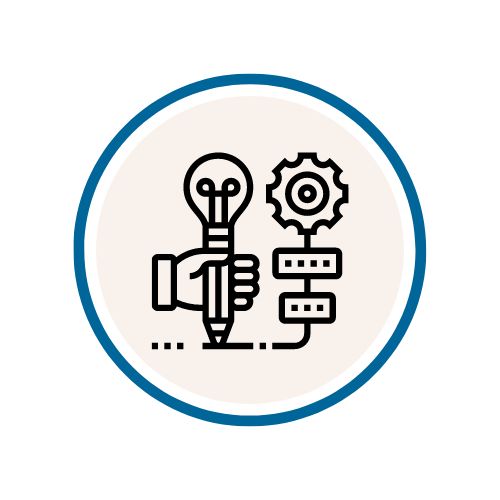
Tools for studying and learning
If you have a learning disability, you can make studying and learning much more easier with some tools and techniques. Learning and studying can be supported for example, by different reading methods, reading structuring techniques, and various note-taking techniques and reviewing. Writing can be supported in different ways of structuring text and with various aids. Here you will find a few tips for studying.
Individual study arrangements
The first thing you should do is apply for individual arrangements for your studies.
The arrangements for the studies are individual and the grounds for granting them are related to, for example, physical or mental illness, disability, performance anxiety, neuropsychiatric challenges, learning difficulties, life management challenges, various crisis situations, etc.
In exam situations and learning assignments, the fluency of studying can be supported by, for example, additional time, your own peaceful space, various study materials and aids. It is worth bringing up dyslexia and thinking about individual arrangements for studying.
Find more info:
Celia Audiobook Library
Explore audiobooks from the Celia Library. Through Celia, a higher education student who has been diagnosed with a learning disability, such as dyslexia, can borrow accessible course books free of charge. You can become a user of Celia’s audiobook service in your own university library. Your university library will also advise you on borrowing, listening to books and using devices.
A few tips
Take notes!
Taking notes requires concentration and thinking. When you take your own notes, you have to process information in completely different ways than, for example, just hearing or reading.
There is no one right way to take notes, the most important thing is that you find a way that suits you. Take notes by writing, drawing, or using digital apps.
- Color-coded notes: Color-coding can be used in multiple ways and it is especially stimulating for visual learners! Give the theme a color and use it when studying a new thing. (code headings, key concepts, examples…)
- Digital Applications: For example, Google Keep is an exellent app for note taking!
Preparing for exams
- Flash cards: New words and concepts can be practiced, for example, on memory cards. You can make them either on pieces of paper or with the help of electronic applications like AnkiApp. Write a word or concept on one side and its definition on the other. Simple and functional!
Listen your own text
Sometimes listening to your own text helps you perceive the written text better.
- Office365 immersive reader – read aloud function is a worth to try! This feature can be found in almost all Office365 programs (Word, Teams, OneNote, Office Lens, Microsoft Edge browser and Outlook email).
- Office Lens app, is a camera-enabled application that lets you listen to a page of a book or handout. Take a picture of text using the app > crop text > click done >select an immersive reader and listen to the text.
Take breaks during studying
Divide studying into small enough pieces, as you can concentrate on them better. Taking breaks is important, because during breaks the brain gets to rest and the things learned are better remembered.
Active reading process
Active reading means “reading something with a determination to understand and evaluate it for its relevance to your needs“. Seeing reading as a process also help you break down the reading into smaller parts and step up your exam preparation.
Active reading process has four steps:
1. Preview
- This is VERY imortant part of the reading process: At first, skim through the text quickly to get an overall impression.
- This helps you to see how much time you need for reading
2. (Active) reading
- Read the text in a focused, and fairly speedy way.
- Dive into text
- Make sure you have a reading place where you can concentrate well
- Active reading involves focusing
3. Capturing the key ideas
- Test your memory – but don’t worry if you can’t remember much.
- Make notes (use for example Mind Mapping or color coded notes)
4. Review
- Review what you have read
- Ask yourself: “What have I learned?”